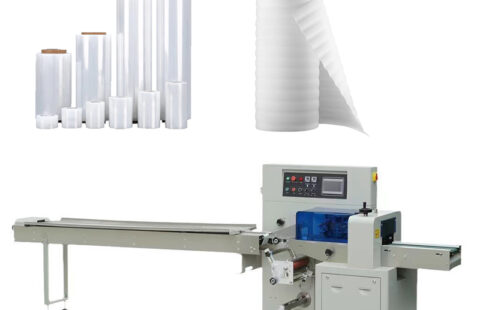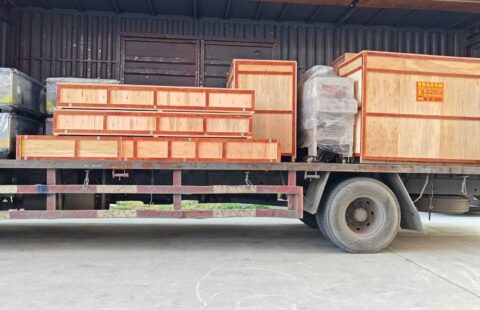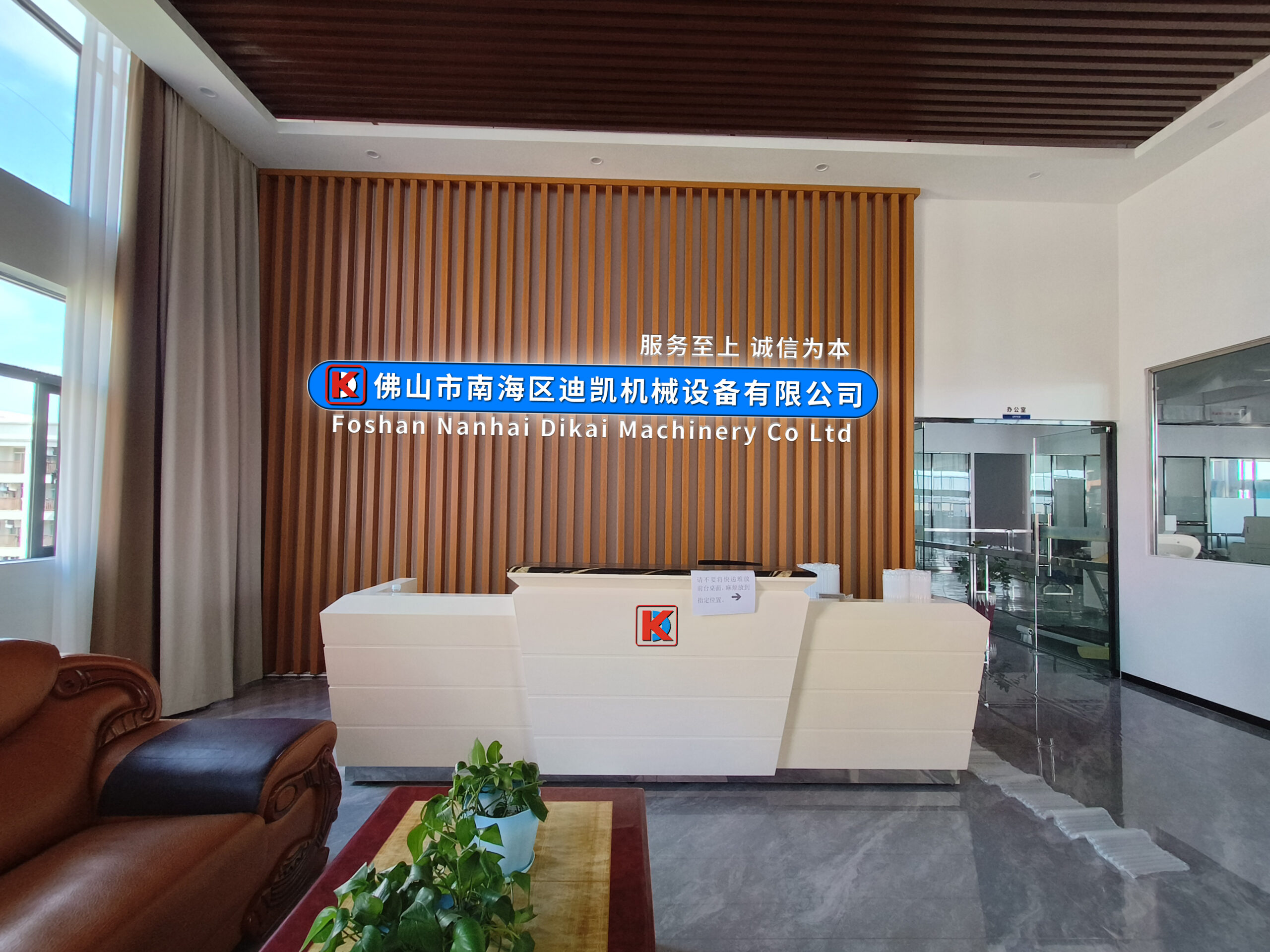
Evolution of Packaging Forms and Functions: A Technical Analysis and Application Scenarios of Four Mainstream Packaging Equipment
The evolution of packaging machinery in modern industrial production reflects the dual pursuit of efficiency and quality in manufacturing. Among the diverse array of packaging equipment, pillow packaging machines, vertical packaging machines, four-side sealing machines, and heat shrink packaging machines form the four pillars of modern industrial packaging. Their distinct working principles not only embody mechanical engineering but also directly address the market’s diverse demands for product packaging. From individually wrapped candies to protective packaging for electronics, these machines compete in precision, speed, and adaptability, driving continuous innovation in the packaging industry.
I. The Vertical Evolution of Pillow Packaging Machines
Horizontal pillow packaging machines utilize continuous film-forming technology to tightly wrap products into a pillow-like structure. The coordination between their core horizontal heat-sealing mechanism and photoelectric positioning system achieves a precision of ±0.5mm, ensuring flawless packaging for delicate products like chocolates. In pharmaceutical blister packaging, pillow machines employ dual processes of hot pressing and cold pressing, achieving a composite sealing strength of over 0.35MPa between PVC hard sheets and aluminum foil.
The modular design philosophy of pillow packaging machines has given rise to multi-format compatible models. By replacing forming and sealing molds, a single machine can handle products ranging from 20g biscuit packets to 500g instant coffee bags. The latest servo-driven systems boost packaging speeds to 800 packs per minute—a 40% efficiency increase over traditional models—while reducing energy consumption by 15%.
In specialized material applications, high-speed pillow machines have overcome the challenge of low-temperature sealing for biodegradable PLA films. Pulse heat-sealing technology with precise temperature control (120–140°C) ensures seal strength without material degradation, enabling industrial-scale use of eco-friendly packaging.
II. The Vertical Integration Capabilities of Vertical Packaging Machines
Vertical automatic packaging machines break the constraints of traditional horizontal layouts with their vertical workspace. Their integrated process of bag-forming, filling, and sealing achieves speeds of 120 bags per minute for granular materials. Servo-driven screw metering systems deliver ±1% accuracy, ideal for high-value products like coffee beans.
The advent of multi-lane vertical packaging machines marks a revolution in integration. An eight-lane parallel structure multiplies output by six times compared to single-lane units, while occupying only 2.5 times more space. This spatial efficiency is evident in snack production lines, where daily output reaches 20 tons.
Intelligent upgrades empower vertical machines with self-learning capabilities. By integrating pressure sensors and vision systems, machines dynamically adjust vibration frequencies and screw speeds based on material flow characteristics. This adaptability allows a single unit to handle diverse materials—from flour to nuts—with changeover times reduced to 15 minutes.
III. Technological Convergence of Four-Side Sealing and Heat Shrink Packaging
Fully automatic four-side sealing machines achieve 3D sealing via cross-shaped heat-sealing units, with adjustable seal widths (2–10mm) to meet varying strength requirements. In medical dressing packaging, four-side seals achieve IPX7 waterproof ratings, effectively blocking microbial contamination. Reinforced corner designs enable bags to withstand 50kg vertical pressure.
Heat shrink packaging systems rely on precise thermal curves. Closed-loop control between infrared thermometers and variable-frequency fans ensures targeted shrinkage at 120–180°C. PETG films achieve 78% shrinkage rates, forming a second skin around products. This technology is widely used in beverage multipacks, tripling compressive strength post-shrinkage.
The synergy of four-side sealing and heat shrink packaging creates innovative hybrid solutions. Primary four-side sealing is followed by shrink wrapping for secondary reinforcement. This dual-layer protection reduces electronics shipping damage rates to 0.3% and enhances moisture resistance by five grades. In cold chain logistics, this combination withstands extreme temperature fluctuations (-20°C to 40°C).
IV. Future Trends: Hyper-Speed, Multi-Functionality, and Intelligence
The evolution of packaging machinery continues unabated. Future production lines will integrate these four equipment types seamlessly, sharing parameters and coordinating via industrial IoT. With 5G-enabled control systems, real-time remote debugging and predictive maintenance will become standard. Such convergence will not only boost efficiency but also build end-to-end quality traceability, propelling manufacturing into full digitalization.




